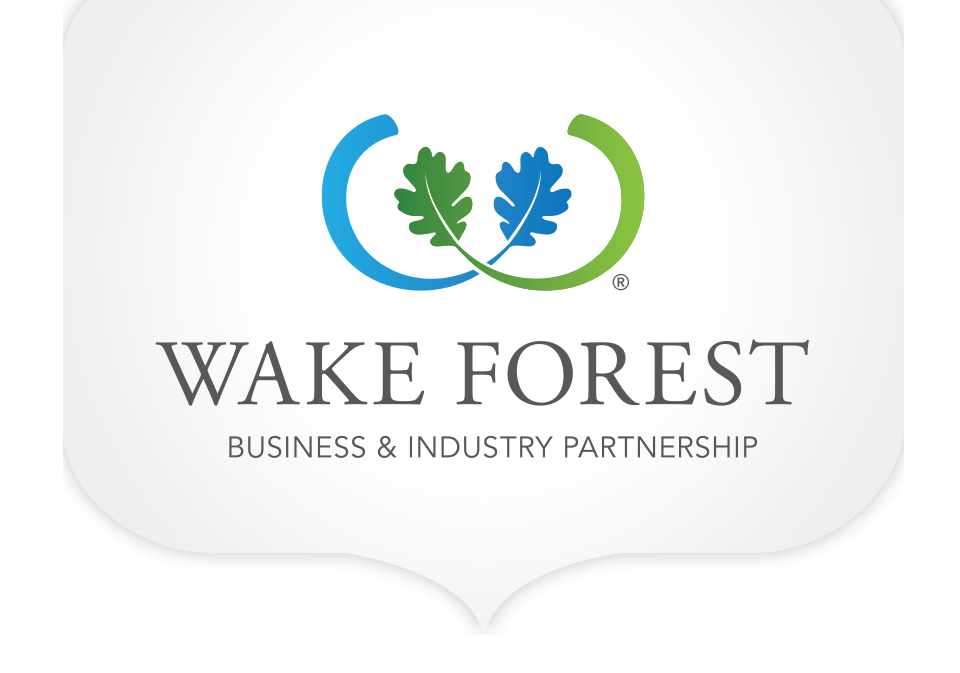Just over a year since the announcement of a record-setting $1.2 billion federal grant to return passenger rail service to Wake Forest, momentum continues to build toward linking the town to Richmond, Raleigh, Charlotte, and beyond. The S-Line vision includes development of a Mobility Hub in Downtown Wake Forest, an intermodal terminal that will facilitate the arrival and departure of day-trippers, business travelers and others.
Last month’s news that the North Carolina Department of Transportation (NCDOT) will receive another $13.2 million from the U.S Department of Transportation comes as planners move toward completing preliminary engineering and environmental studies for the project. “That will be done by late spring of this year,” says Brennon Fuqua, Director of the Integrated Mobility Division at the NCDOT. Immediate next steps will include final design work, property acquisition, and initial development work on the mobility hub, Fuqua says.
The mobility hub will start with a ticketing area, as well as restrooms and covered seating – much like any conventional train station. But the broader vision includes a café and leased space for offices and retail. “We’re basically trying to develop an activity center that links to different types of transportation – including micro-transit and walking,” Fuqua explains. It’s a concept taking hold in other communities in North Carolina and around the nation.
Wake Forest Mayor Vivian Jones, who has long been involved in planning for the S-Line, welcomed the news of additional federal money. “I’m excited that things are moving forward and that we can get started on it and be ready when NCDOT finished the track improvements,” Mayor Jones says. Additional money will be needed to add amenities to the Hub, and the Town is collaborating with its state partners to identify additional federal funds. While the Town will contribute a $3.2 million match to the Federal government’s $13.2 million grant, estimates are the fully completed Hub will cost a total of $60 million.
“This grant will be just to do the station part of the hub,” Mayor Jones says. “We want to add some amenities to the station, and we’ll need more money. So, we’re looking at other grants we can apply for to continue the build-out.”
Prior grant funds covered the initial 30 percent of the Hub’s design. “Now we have the funding to do the rest,” says Brad West, Long Range Planning Manager for the Town of Wake Forest. The work is now set to move into final engineering. “It’s where they get into the real minutia,” says West, who says construction is likely to begin on the Hub no later than 2028 if the project is to stay on path toward launch in 2030.
West says there is currently some uncertainty about how changes in control of Congress and the White House might impact transportation priorities. Even though incoming President Trump won’t be the visible and vocal passenger-rail advocate that former President Biden was, federal funding for announced infrastructure initiatives will likely escape dramatic cuts, West believes. “Our colleagues at NCDOT say they remain confident about the project, so we feel good about our prospects,” he says.
Jason Cannon, President of the Wake Forest Business & Industry Partnership (WFBIP) predicts the S-Line initiative will be transformative for the Town’s economy. “It’s definitely the most significant economic development opportunity we’re working on right now,” says Cannon. “There is obvious significance for our visitor industry,” he says, noting how popular Wake Forest’s picturesque, walkable downtown is for out-of-town consumers seeking dining, shopping, and live entertainment. “It will also be a boon for our quality of life, casting a broad net for new workers, businesses and residents.”
NCDOT’s Brennon Fuqua says the S-Line project puts the Town of Wake Forest on a strong footing should the Research Triangle Region implement rail-based rapid transit. “It sets the Town up for commuter rail, if that comes,” Fuqua says. He credits strong leadership from Town officials in moving the project forward. “What’s happening in Wake Forest has been in the works since the 1990s,” he says. “It’s taken that long to get all the pieces in place to move this forward.”
The Town’s partnership with NCDOT will be integral in realizing the project’s economic potential. “One of the unique things about this is NCDOT is building the project but Wake Forest is taking the lead on the vision for using it to spur economic development,” Fuqua says.
Intra-state passenger rail service like The Piedmont, which currently extends from Raleigh to Charlotte, is operated by Amtrak with financial backing from NCDOT. Ridership is setting new records. Known as NC By Train, passenger rail service in North Carolina carried over 720,000 passengers in 2024, an increase of 12 percent over 2023 and a 55 percent surge since 2019, according to NCDOT.






